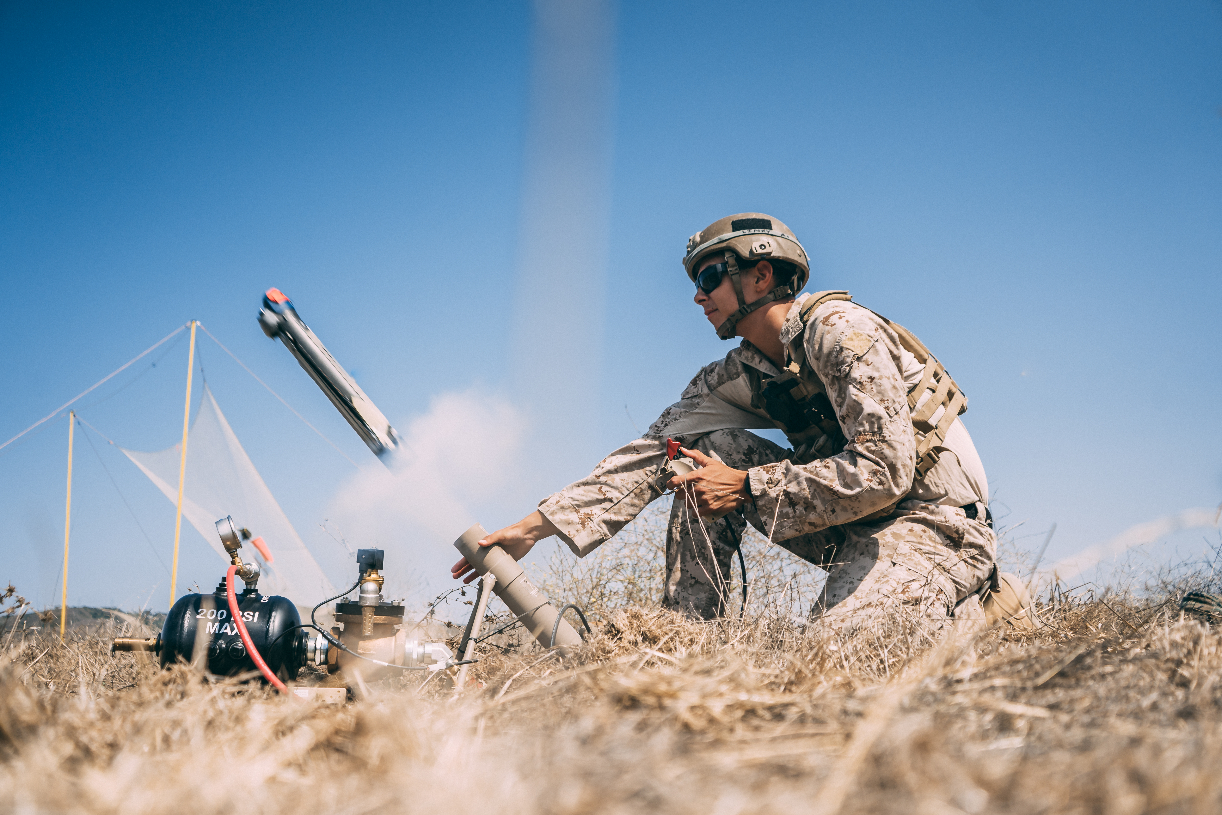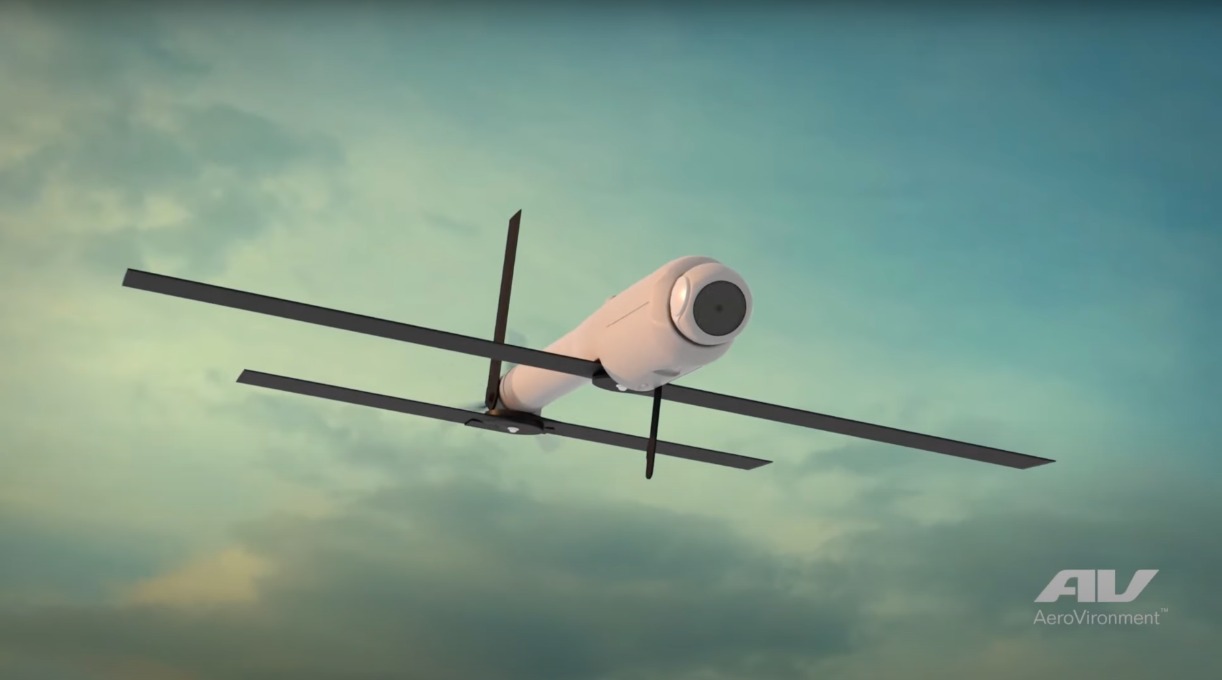Ukrainian Drone Strike Exposes Flaws in Russian Air Defenses
In early July, Ukraine executed a successful drone strike on a Russian ammunition depot in Voronezh Oblast, destroying the facility and highlighting the deficiencies in Russia's air defense capabilities.
Summary and Key Points: In early July, Ukraine executed a successful drone strike on a Russian ammunition depot in Voronezh Oblast, destroying the facility and highlighting the deficiencies in Russia's air defense capabilities.

-The strike exacerbates Russia's already strained logistical chains and material shortages on the frontlines. British Military Intelligence noted the depot's significant size and its role in supplying munitions, emphasizing the detrimental impact on Russia's attritional warfare strategy.
-This attack underscores the ongoing challenges faced by the Russian military, which has resorted to using outdated equipment and seeking support from foreign partners like Iran and North Korea. The Ukrainian military's access to long-range precision munitions, such as HIMARS and MLRS, has been pivotal in targeting high-value assets within Russia.
Ukraine's Precision Attack Deepens Russian Military Shortages
Ukraine’s forces took out a big ammunition depot inside Russia with a suicide drone, highlighting the shortcomings of the Russian military’s air defense capabilities, while also deepening ongoing materiel shortages in the frontlines.
Ukrainian Drone Strike
In early July, the Ukrainian military launched a drone strike against a Russian ammunition storage depot near Sergeerka, Voronezh Oblast in Russia. As a result of the strike, the Russian ammunition storage depot was almost completely destroyed, as well as nearby facilities, according to open-source reporting.
“This is a significant loss at a depot that reportedly covered approximately 9 square kilometres. The depot was highly likely storing a mixture of surface-to-surface munitions as well as small arms to be used by personnel on the frontlines,” British Military Intelligence assessed in its latest estimate of the war.
“This will further stretch Russia’s already struggling logistics chains and force yet more dispersals due to the continued threat of Ukrainian strikes,” British Military Intelligence added.
Almost 900 days of intense fighting have stretched Russia’s military resources thin. The Kremlin has had to take out of storage main battle tanks, infantry fighting vehicles, and artillery pieces built in the 1950s. Moreover, Russian troops don’t have enough tactical vehicles to support their offensive operations and they are relying on golf carts to go into battle.
The Ukrainian drone strike also highlights the poor state of Russia’s air defenses: they can’t even protect a high-value target that is located very close to the frontlines.
“Such shortcomings will almost certainly see further losses to other well-planned Ukrainian strikes,” British Military Intelligence assessed.
“Russia can ill afford such losses considering the attritional warfare strategy it has adopted, which shows little regard for the lives of its soldiers. This approach requires huge amounts of ammunition,” the British Military Intelligence concluded.
To make up for ammunition and weapon shortages, the Kremlin has been dealing with foreign partners, such as Iran and North Korea, to ensure that its troops on the frontlines have the bare minimum they need to fight. Iranian drones, particularly the Shahed unmanned aerial systems, have proven very capable and deadly. However, the overall quality of the foreign munitions and weapons used by the Russian forces on the frontlines isn’t the best.
In previous months, the Ukrainian military has started targeting and taking out high-value targets inside Russia; the attacks have been occurring with the acquiescence of the West, which provides the vast majority of Ukraine’s arsenal.

The introduction of long-range precision munitions to the Ukrainian arsenal has allowed for accurate strikes against Russian high-value targets inside Ukraine as well. The M142 High Mobility Artillery Rocket System (HIMARS) and M270 Multiple Launch Rocket System (MLRS) have been the bane of Russian ammunition depots, command and control centers, and other logistical hubs close to the frontlines.
The Russian military continues to be under serious strain, with its losses exceeding 560,000 men killed, wounded, or captured.
About the Author
Stavros Atlamazoglou is a seasoned defense journalist specializing in special operations and a Hellenic Army veteran (national service with the 575th Marine Battalion and Army HQ). He holds a BA from Johns Hopkins University and an MA from Johns Hopkins’ School of Advanced International Studies (SAIS). His work has been featured in Business Insider, Sandboxx, and SOFREP.
All images are Creative Commons and or Shutterstock.


